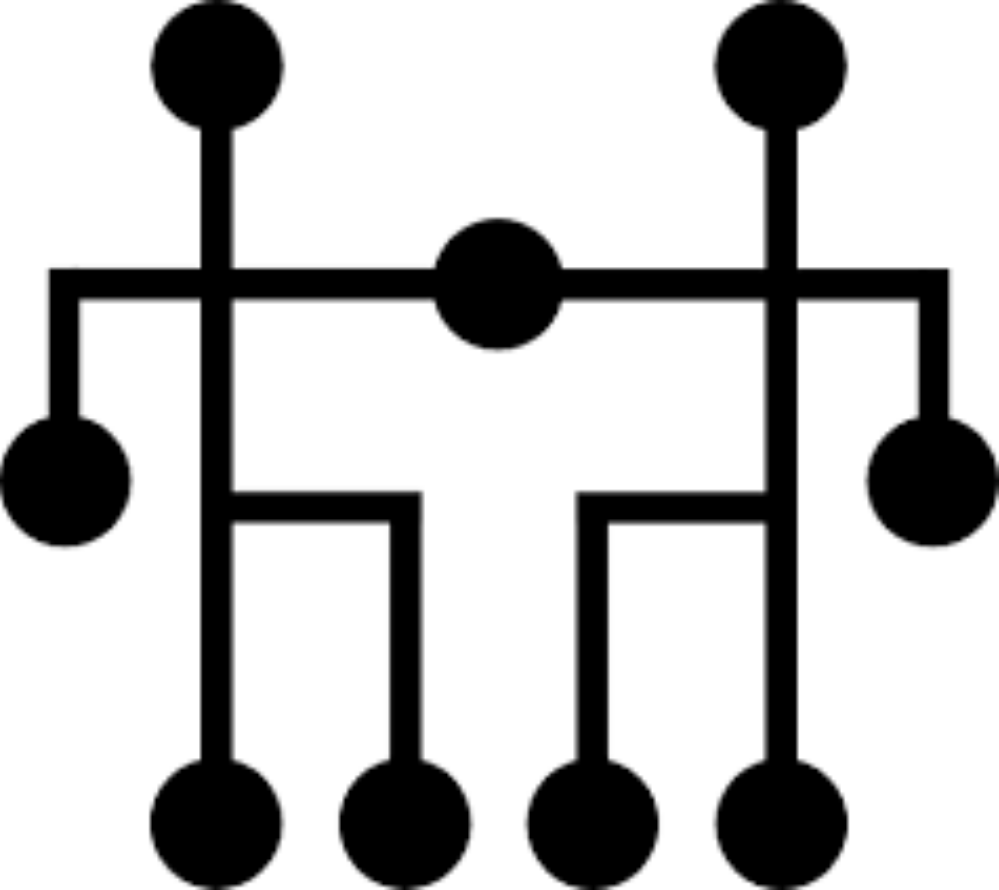Tedious Subscription
The internet is widely available to most people for free(assuming they have some device with internet services) so many websites have to find ways of generating revenue for their content. Most websites do this by preventing users from accessing some or all of their services until they pay for a subscription, or by having ads on the page. While these are understandable practices to help support the people who built the websites, some websites go too far in their approach to maximize these two revenue sources.
To maximize subscriptions, companies often make it difficult for users to unsubscribe. An example was Verizon’s website in 2016. They had a page for cancelling their service, but the page didn’t explain how to cancel. You had to ask the help bot, who explained that you needed to call to cancel. Practices like these are unethical in my opinion, as the client has already decided not to subscribe and give their money for the service, so forcing them to pay is similar to theft. This problem falls more into engineer/software developer bad practice, since they are responsible for the webpages design and thus making the navigation and unsubscribing process a hassle.
Here’s an article with examples of these bad subscription practices: https://unbounce.com/conversion-rate-optimization/when-friction-is-good/
Addictive Design
TikTok is a good example of what I believe to be an unethical software service. This social media platform includes both an addictive algorithm and design.TikTok is mainly comprised of videos to the user’s personal liking based on their activity and interaction throughout the app. The user activity/interaction consists of following accounts, liking and sharing videos, posting comments, video watch time, and etc. Although TikTok’s design is simple this contributes to its addictiveness. One part of the design includes the algorithm which already produces the next video to show based on the user’s interest, and with this it allows the user to watch the videos for long periods of times while still being hooked. Another part consists of the ability to scroll forever making it easy to stay on the app.Due to the high user activity influenced by its addictive features this showcases that the developers designed TikTok this way to maximize profit in an unethical way. This problem is more related to the software engineer(s) behavior as their main motive was profit thus leading them to creating an addictive design to ensure high user activity.
Here’s an article that goes more into depth: https://medium.com/dataseries/how-tiktok-is-addictive-1e53dec10867
Tricky Cookie Management
In 2018, the General Data Protection Regulation (GDPR) took effect after replacing the Data Projection Directive, which was enacted in 1995. Alongside the 2002 ePrivacy Directive (which will also be replaced by a regulation), this combination of rules set by the EU ended up having a significant impact on websites around the globe. For a company in the U.S., if they want to do business with a member state of the EU, or any of their users are residents of these member states, they must comply with the regulation. The GDPR outlines strict lawful purposes under which a company can process a user’s personal data, like if it is to “protect the vital interests” of an individual, or to comply with another data controller’s legal obligations. One of the more important lawful purposes states that the user must provide consent to let their personal data be processed.
The recent adoption of the GDPR by the EU mean that many other countries would have to comply with the rules, causing many websites to add pop-ups asking for this consent when first entering the site. While these additions to websites are somewhat of a legal requirement, the issue begins with how the consent is gained. On most websites, the banner is set up so that a significant amount of the content is blocked until the user accepts the agreement, ensuring that the information being collected is used to optmize your browsing experience. There has been lengthy discussion on the ethics of terms of service agreements, and this situation is not much different. While similar, most terms of service agreements are laid out in the same way (a long list of conditions you must abide by), and it’s the responsibility of the user to read through the conditions. In this case, the easiest way to navigate most banners is by simply allowing all cookies, while selecting each cookie category (or reading the entire agreement) takes slightly more time and effort. As a result, users are less likely to pay close attention to what data they are allowing to be processed. This, combined with the ambiguous nature of these kinds of agreements, allows companies to bypass the main goal of the regulation, and continue their possibly unethical data usage as usual. Not only are users less likely to read into the agreements fully, the cookie usage descriptions tend to be vague, and don’t actually describe what personal data is being processed.
The main issue is not the software itself, since as of right now, these banners are a requirement. The issue falls within the responsibility of the companies, as well as the developers designing these websites. The companies must ensure that the data they are collecting from their users is being used for ethical purposes, while the developers are responsible for ensuring that the agreement banners are as clear and unobtrusive as possible, so as not to guide users into allowing usage of data they may not actually want collected.
You can read more about cookies here: https://www.khanacademy.org/computing/computers-and-internet/xcae6f4a7ff015e7d:online-data-security/xcae6f4a7ff015e7d:user-data-tracking/a/web-cookies
